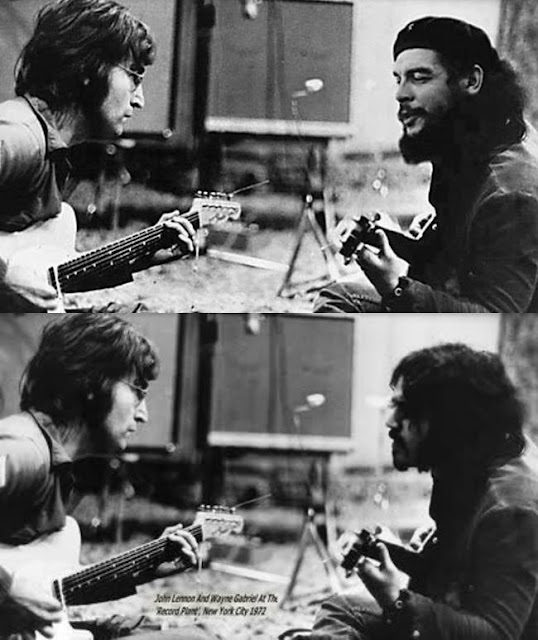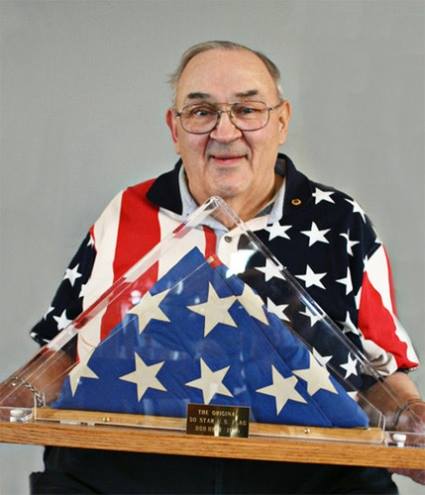After Random Stuff You May Not Know, Two, and Three, I give you number four.
1- Bruce Lee Did Not Play Ping-Pong With Nunchaku

One day I came to find out that Bruce Lee’s nunchaku video which went mad viral some years ago isn’t real. Because it’s flawlessly executed, many people still think it’s legit, and I was one of them. It actually has more than 24 million views on YouTube and counting. So I thought of sharing the Aha-Moment herein with you.
The
table-tennis video is actually a digital creation intended as a viral
advertisement for the Nokia N96 Limited Edition Bruce Lee cell phone. It
was produced in 2008 — thirty-five years after Lee’s departure — by the
Beijing office of the J. Walter Thompson advertising agency. The
occasion was the inspiration behind launching the campaign to pay
tributes to the legend.
The agency
employed a Bruce Lee look-alike actor pretending to play ping-pong
against an opponent, then against two. Their movements were seamlessly synchronised
to the sounds of a genuine table tennis match, before the final audio
and the visual image of the ball being added to the clip in
post-production.
Now back to being water, my friends. Here is the full video:
2- Lennon and Che
I once shared this Lennon-Che photo on the blog as part of the Rare Historical Photos collection and received a message from a reader, informing me that this is a fake image.
The photograph, allegedly taken in 1966, has been doing the rounds on social networking sites, but has recently been ousted as a fake because of a few discrepancies.
One, the real photograph (below) was taken in New York City and is actually dated closer to 1976, nine years after Che Guevara’s death. The Beatles released their first album in 1963 and there is no way Che would be playing guitar with Lennon in the next 4 years as Che died in 1967 when fighting in Havana and Bolivia. Also, in 1963 Lennon was merely 23, and in 1967 he was 27. But this is way ahead for a 27 years old Lennon — this is probably when he was at least over 35.
Two, it is known that Lennon didn’t need glasses till 1967.
Three, he used to cut his hair to that length up until 1970.
The guitarist on the right is actually Che’s face impressively Photoshopped onto Wayne Gabriel’s body. The real photo is of a brighter tone with less contrast.
3- American Flag
In 1958, a history teacher assigned Robert G. Heft (January 19, 1941 – December 12, 2009) and his classmates at Lancaster High School to each redesign the national banner to recognise Alaska and Hawaii, both nearing statehood. Heft, who was 16 at the time, crafted a new flag from an old 48-star flag and $2.87 worth of blue cloth and white iron-on material.
The teen’s creation earned him a B-minus. Though his teacher changed it later to an A after the flag was sent to Washington, D.C., and selected by President Dwight D. Eisenhower. Heft was one of thousands to submit a flag design with alternating rows of five and six stars. But apparently he was the only person who actually stitched together a flag and shipped it to D.C.
The design became the official national flag in 1960.
4- The Man Who Saved The World
The US had been dropping depth charges near the submarine in an attempt to force it to surface, unaware it was carrying nuclear arms. The Soviet officers, who had lost radio contact with Moscow, concluded that World War III had begun, and two of the officers agreed to “blast the warships out of the water”. Arkhipov refused to agree — unanimous consent of three officers was required — and it never happened.
His story is finally being told, and the BBC is airing a documentary on it. It also made it to Hollywood in the 2002 movie K-19: The Widowmaker, featuring Harrison Ford and Liam Neeson.
Now let us raise our glasses and say thank you to Vasili Arkhipov: The Man Who Saved The World.
5- The K9 Air-Raid Early Warning System
The pup was only 6-months old and suffered from a broken leg when it was found whimpering under a destroyed mess hut at Darwin Air Force. Leading Aircraftman Percy Leslie Westcott was one of two men who found him, he took him to a field hospital and eventually the leg was repaired. Wescott then became the canine’s master and handler.
It took six months for Gunner to get over the shock of the bombing. Then one day when with the airmen in the field, he got agitated and began whining and jumping. A little bit after, the airmen heard the sound of approaching airplane engines. A few minutes later, a wave of Japanese raiders appeared in the skies above Darwin and began bombing the area.
This scenario was repeated several times in the following days before the men realized that the dog’s hearing ability is beyond extraordinary. His hearing was so acute he could alert them of approaching Japanese aircrafts up to 20 minutes before they arrived and before even showing up on the radar. The bedazzling is that he only acted this way when he heard enemy aircraft as he could differentiate the sounds of allied from enemy aircraft.
When 18 months later Westcott was posted to Melbourne, Gunner stayed in Darwin, looked after by the RAAF butcher.
The story of Gunner has been documented in a book which pays tribute to animals that have worked alongside Australia’s fighting forces.
More dog articles on One Lucky Soul: The Most Loyal Dogs in History, A Dieu Caramella, Things I Wish All Dog Owners Would Understand, Dog Lovers: Reflections On Training a Gentle Giant, When Lady Ran Away, and finally Izzy The Egyptian American Doggo [Video].
ALSO VIEW:
Random Stuff You May Not Know: Two
Random Stuff You May Not Know: Three
Random Stuff You May Not Know: Five
Random Stuff You May Not Know: Six
Random Stuff You May Not Know: Seven
Random Stuff You May Not Know: Eight
Random Stuff You May Not Know: Nine
Random Stuff You May Not Know: Ten
Random Stuff You May Not Know: Eleven
Nations’ Did You Know
Useful Home Tips
Some Useful How-To Videos




No comments:
Post a Comment